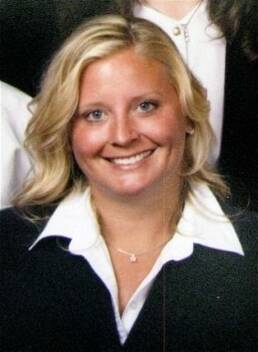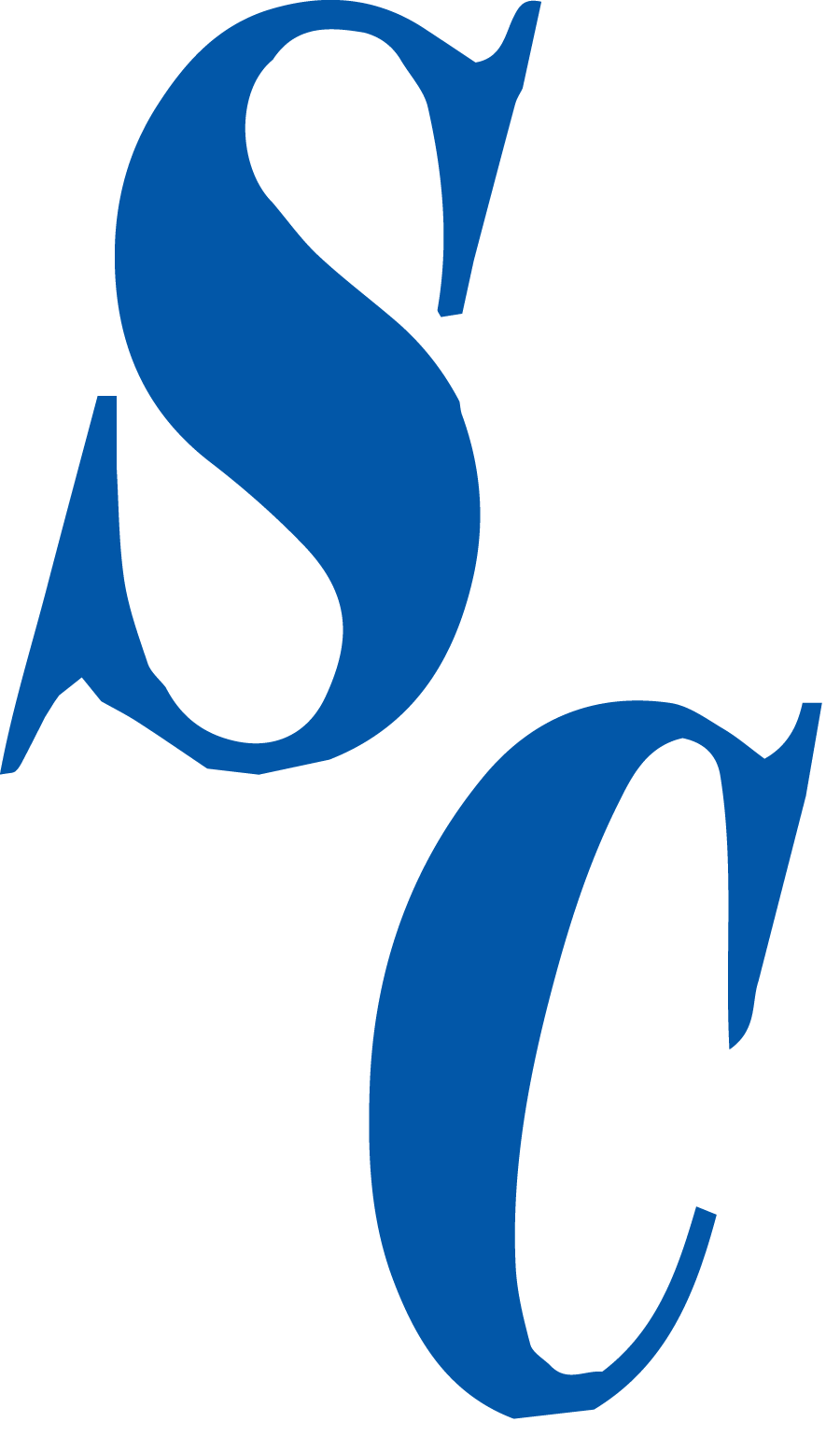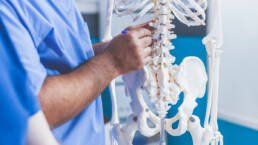Most cases of scoliosis are idiopathic, meaning the specific cause cannot be identified. Scoliosis can run in families. In fact, children of parents with scoliosis are 20 percent more likely to develop the condition themselves.
Some kids may develop scoliosis as the result of cerebral palsy, muscular dystrophy, spina bifida, or other conditions. In rare cases, scoliosis may occur as the result of injury, infection, or tumors.
Adults may see a progression of scoliosis that developed during childhood. Adult scoliosis can also occur as the result of degenerative changes in the spine such as osteoporosis.
How Is Scoliosis Diagnosed?
Most cases of scoliosis are diagnosed through health screenings at school, annual well-child checks, or when a parent or loved one notices a hump in the back. A family physician will typically order X-rays to confirm the initial diagnosis.
By the point that it is noticeable, the curvature has reached approximately 20 to 30 degrees.
Untreated Scoliosis Complications
If left untreated, scoliosis can worsen and have serious long-term physical and emotional complications. Severe scoliosis, where the curvature exceeds 50 degrees, can cause the spine to rotate, which can lead to decreased lung capacity and heart problems.
Individuals with untreated scoliosis may also develop a condition called spondylosis. This is an arthritic condition where the spinal cartilage thins, joints become inflamed, and bone spurs may develop.
Spondylosis can cause severe pain if the inflammation causes vertebrae to press on spinal nerves.
Scoliosis can also have a significant emotional impact on the individual, especially young children and adolescents. Treatment with braces and surgeries can lead to social isolation and physical pain.
Children who have had scoliosis often have a greater incidence of behavioral problems if they don’t receive adequate emotional support before, during, and after treatment.
Treatment for Scoliosis
Observation is the only treatment necessary when the spinal curvature is less than 20 degrees or when the child is nearing their full skeletal maturity. It is important to remember that curvatures can change rapidly during significant growth spurts, so the child should be monitored approximately every six months.
Bracing can be an effective treatment when the curvature reaches 30 degrees or if the child is still growing. The goal of bracing is to prevent the spinal curve from progressing. In order the achieve optimal results, it is important to wear the brace as much as possible until skeletal maturity.
Surgery may be required if the curvature reaches approximately 50 degrees. This typically involves using bone grafts and a series of rods, wires, and screws to straighten the spine.
Treatments such as therapeutic exercise and chiropractic manipulation do not change the progression of scoliosis, but they can be an effective way to manage the back pain that often accompanies severe scoliosis.
Contact us today to find out more about how Scott Chiropractic on Lake Loveland can help you find relief from back pain due to scoliosis and other conditions.

Make an appointment today and alleviate your pain. Contact us today and let us help you improve your health.
By offering different chiropractic services, our team can create personalized treatment plans for our patients to relieve aches and pains for a range of conditions.
Like this article? Spread the word!
Related Posts
February 15, 2025
Motivated to Keep You Moving: How Chiropractic Care Supports Your Winter Sports Performance
Stay active and injury-free this winter with expert chiropractic care at Scott…
January 15, 2025
Spring into Health: How Chiropractic Care Keeps You Moving in 2025
Discover the benefits of spring chiropractic care with Scott Chiropractic near Lake…
December 20, 2024
10 Benefits of Chiropractic Care You Didn’t Know About in Loveland, CO
Discover 10 surprising benefits of chiropractic care from Scott Chiropractic near Lake…





